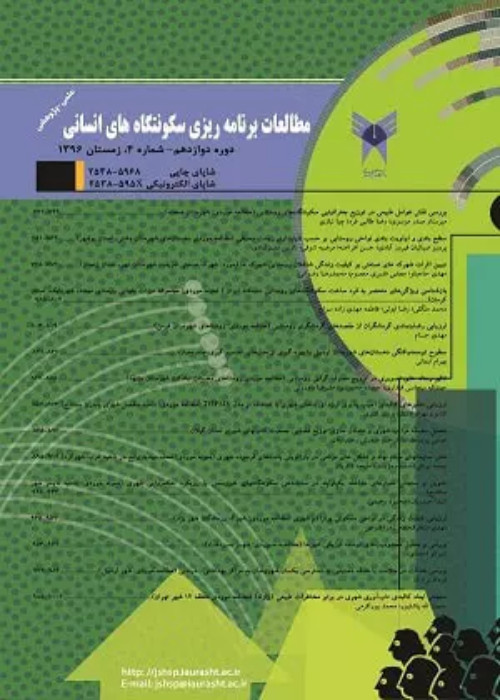Measuring the Willingness to Immigrate in Rural Households in the Eastern Frontier Regions (Case Study: Torbat-e Jam County)
Border villages are among the most sensitive and strategic parts of the country that have unique and unique characteristics in various economic, social, political, cultural and security aspects. Migration of rural inhabitants of the border will deprive these regions of the productive and protective population of the country and create problems in the destination of migration.
the present study aims to measure the tendency of households to migrate to the border villages of Torbat-Jam city which is more 95% of them are Sunnis.
The research method is descriptive-analytical and it is applied-developmental. Documentation and field data were collected using a questionnaire. The sample size is 214 Sunni households residing in 17 villages 10 km from the Iran-Afghanistan border.
Studied Areas:
The geographical area of this research is the villages located 10 kilometers from the Iran-Afghanistan border in Torbat-e Jam County of Razavi Khorasan province according to the country divisions of 2015 and before the separation of Saleh Abad County.
The results show that the mean tendency to migrate construct is 1.98 lower than the theoretical average and is low in the Likert spectrum. This is due to the religious dualism of the destination with the source of immigration, which creates a large social cost for the migrant at the destination. Therefore, among the inhabitants of the border villages of the city, migration as a defensive strategy in the face of livelihood challenges and the latest strategy to achieve Minimal living standards.
This study showed that only the existence of some deprivations does not cause migration, because for the Sunni villagers living on the border, cultural reasons (living in birth place and with people of the same religion) cause a low desire to migrate. Since the population in the border villages is considered as a strategic reserve of the country, it is an inevitable necessity to try to solve the livelihood problems, especially considering the low desire of the residents to migrate and the relative stability of the population.
- حق عضویت دریافتی صرف حمایت از نشریات عضو و نگهداری، تکمیل و توسعه مگیران میشود.
- پرداخت حق اشتراک و دانلود مقالات اجازه بازنشر آن در سایر رسانههای چاپی و دیجیتال را به کاربر نمیدهد.



